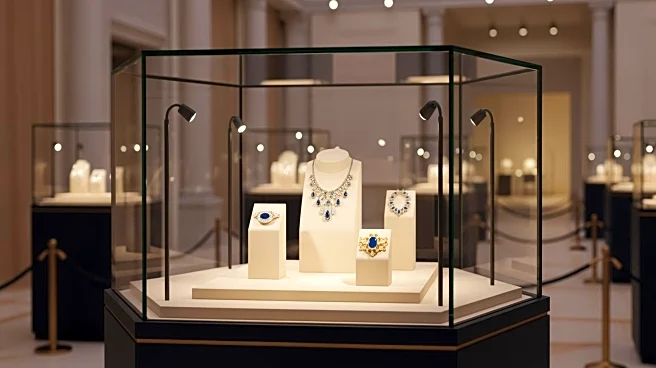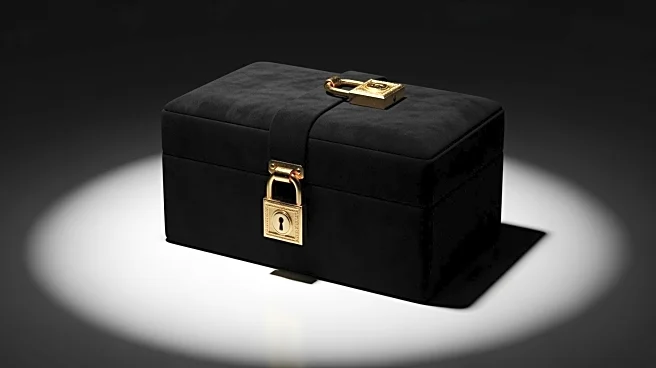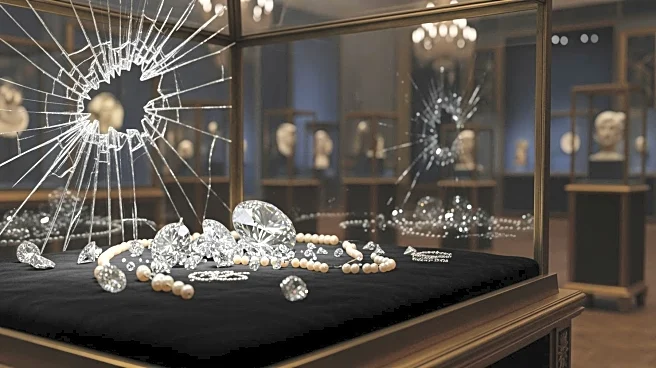What's Happening?
NPR has delved into the economic factors driving individuals to commit museum heists, following the recent theft of valuable jewels from The Louvre. The report examines the allure of high-value artifacts
and the financial incentives that motivate such criminal activities. The theft at The Louvre has sparked discussions on the security measures in place at museums and the challenges in safeguarding priceless cultural treasures. The analysis provides insights into the complexities of art theft and the underground market for stolen artifacts.
Why It's Important?
The exploration of economic motivations behind museum heists is crucial for understanding the broader implications of art theft on cultural heritage and the economy. These crimes not only result in the loss of irreplaceable artifacts but also impact the financial stability of museums and the art market. The report highlights the need for enhanced security measures and international cooperation to prevent such thefts. Understanding the economic drivers can aid in developing strategies to combat art crime and protect cultural heritage.
Beyond the Headlines
Beyond the immediate impact, museum heists raise ethical and legal questions about the ownership and restitution of stolen artifacts. The underground market for stolen art poses challenges for law enforcement and cultural institutions in recovering lost treasures. The theft at The Louvre underscores the importance of international collaboration in addressing art crime and preserving cultural heritage. Long-term efforts may focus on improving security protocols and fostering global partnerships to combat the illicit trade of cultural artifacts.











